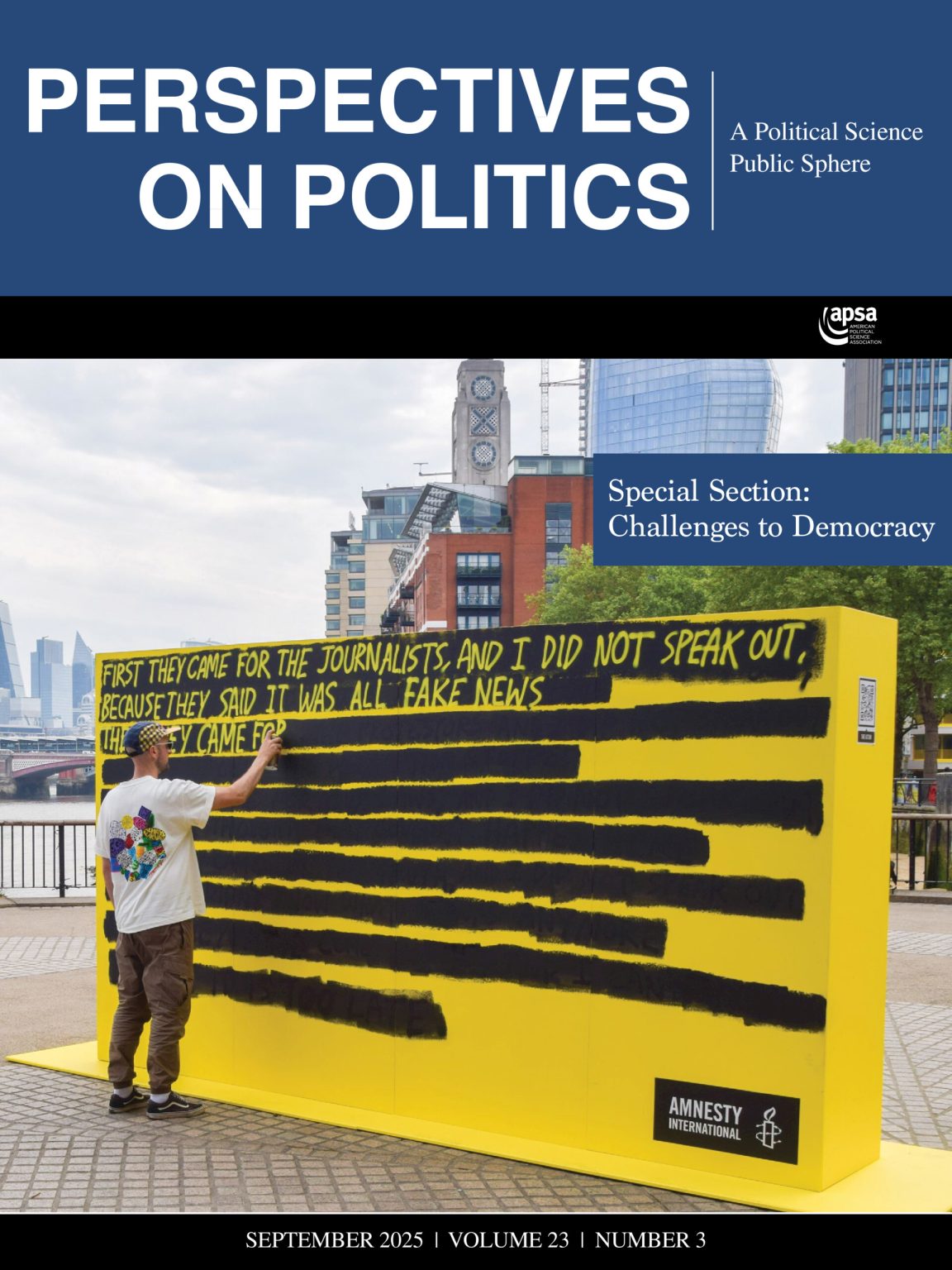Listen to the article
Hard Propaganda in a Democracy: Perceptions During the Black Lives Matter Protests
In the summer of 2020, as Black Lives Matter protests swept across the United States following George Floyd’s murder, the Trump administration employed visual communication strategies that bore striking resemblance to propaganda techniques typically associated with authoritarian regimes. A new study reveals how Americans perceived these messages and how partisan divides shaped their responses.
The research, conducted during a pivotal moment in the protests, examined how U.S. citizens reacted to images of President Trump that mirrored what scholars call “hard propaganda” – crude, heavy-handed visual messaging designed to signal strength and resolve. These included images of Trump marching with military leaders and loyal bureaucrats, as well as scenes showing him surrounded by security forces.
“What we found suggests that even in established democracies, propaganda techniques borrowed from authoritarian regimes can effectively convey strength,” explains one of the study’s researchers. “But the response isn’t uniform across political lines.”
The survey of over 1,000 American voters revealed that both Trump supporters and opponents viewed these propaganda-style images as projecting more government strength than standard presidential imagery showing Trump in the Oval Office. However, the absolute perceptions differed dramatically between the two groups.
Trump supporters rated all presidential communications as highly effective at projecting strength, while opponents generally viewed all Trump messaging as weak. Still, even opponents acknowledged that the propaganda-style images conveyed relatively more strength than conventional presidential imagery.
The starkest difference appeared in how appropriate Americans found these communications to be. Trump supporters didn’t distinguish between standard presidential imagery and propaganda-style visuals in terms of appropriateness. Opponents, however, found the propaganda-style imagery significantly less appropriate, particularly the photo showing Trump marching with his inner circle.
Perhaps most telling was the impact on protest motivation. While Trump supporters reported low willingness to protest regardless of image type, opponents indicated that seeing hard propaganda imagery actually increased their motivation to participate in anti-government demonstrations. This represents a key difference between democratic and authoritarian contexts.
“In autocracies, hard propaganda typically deters protest because the costs of opposing the regime are extremely high,” notes a political scientist not involved in the study. “But in democracies, where citizens have constitutional rights to challenge the government, these tactics can backfire by motivating opposition.”
The research also uncovered interesting patterns across demographic lines. Black respondents who opposed Trump showed particularly strong reactions to police propaganda imagery, rating its protest mobilization potential twice as high as other Trump opponents did.
Media consumption also influenced perceptions. Among Trump opponents, those who frequently consumed news showed less reaction to the propaganda images, possibly because they had already been exposed to them and associated critical coverage.
These findings carry significant implications for understanding democratic erosion in polarized societies. When supporters of a political leader don’t object to authoritarian-style propaganda while opponents become increasingly resistant, it creates conditions where democratic norms can gradually deteriorate without universal pushback.
“What’s concerning is that we didn’t see the kind of cross-partisan consensus against authoritarian tactics that has historically protected American democracy,” explains a democracy expert. “In previous eras, practices that undermined democratic norms would face resistance from both sides of the political spectrum.”
The study adds to growing evidence that political polarization may make democracies more vulnerable to authoritarian tactics. When citizens prioritize partisan loyalty over democratic principles, leaders may find it easier to adopt communication strategies and governance approaches previously confined to authoritarian regimes.
As the United States continues to navigate deep political divisions, this research highlights how visual communication strategies can either strengthen democratic resilience or contribute to its erosion. The fact that propaganda techniques familiar in places like China, Syria, and North Korea could find acceptance among a significant portion of the American electorate suggests democracy’s guardrails may be more fragile than previously assumed.
While the research focused specifically on the 2020 BLM protests in the United States, the authors suggest the findings likely apply to other polarized democracies where similar conditions exist.
Verify This Yourself
Use these professional tools to fact-check and investigate claims independently
Reverse Image Search
Check if this image has been used elsewhere or in different contexts
Ask Our AI About This Claim
Get instant answers with web-powered AI analysis
Related Fact-Checks
See what other fact-checkers have said about similar claims
Want More Verification Tools?
Access our full suite of professional disinformation monitoring and investigation tools



